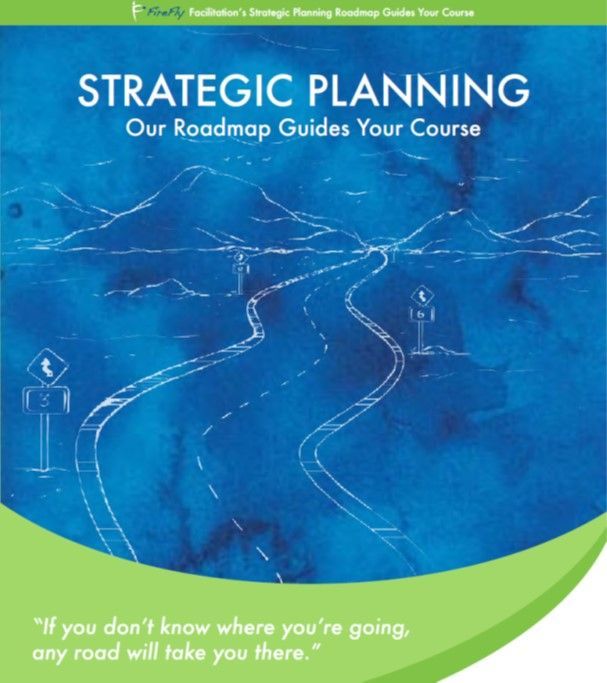The Decision Matrix: “That’s A Wrap!”
Using the Decision Matrix for action planning
We’ve been talking about organizing data your team generates from brainstorming sessions and other creative processes, and
how to use the Decision Matrix to do this. In this post, we’ll wrap up the Decision Matrix process. In fact, we’ll pick up right where we left off, at the point where your team had determined criteria to plug into the Matrix.
- Once you ’ve identi fied the criteria and made a decision on how to score and rate each one, write this information along the top of the flip chart or the sheet of paper . If you’re feeling ambitious, you might even want to enter all of this information into a spreadsheet- you can find templates for this online.
- Next, list all of the ideas in a single column down the left side of the page.
- In most situations, the group discusses each idea and reaches an agreement on how to rate it on that particular criterion. Other approaches advocate rating each option or idea on the same criterion at the same time. In this way, the team is better able to compare the various options relative to each other against the same criterion. It can actually be very beneficial, especially in the beginning of the process, for each individual to come up with a rating independently and then to compare scores. This allows each team member to feel more responsible for and take greater care with their initial rating and the rationale for that rating. Sharing these ratings and rationale across the team can create a significant learning experience, if everyone keeps an open mind that their initial perception might not represent the whole story.
- If it is likely that a dominant personality may overshadow the will of the people, then you could have each individual anonymously complete his or her own score sheet. You would then tally each of these to arrive at an average. Since the average could significantly misconstrue the true ratings, you would likely want to also track the median score for each one and revisit the items with a sizable difference between these two measures.
- Once all of the ratings, check marks, or Yes/Nos have been tallied, and the weightings (if used) appropriately applied, then you can see those ideas or solutions the group thinks have the greatest likelihood for success. It is not necessary for the score to stand as it is, if the team feels that it can benefit from a discussion of the relative scores.
When the assessment and tally is completed, allow everyone to review the information silently first, jotting down their thoughts about those results with which they strongly disagree. Conduct a large group debriefing to see if you can address and resolve these key points of disagreement or concern. See if reinforcing a both/and mindset to take the best parts of several alternatives helps to shore up some solutions that might have scored high overall, but might be missing some critical pieces that other solutions scored more favorably on.
If you are still having a tough time reaching a decision as to which idea/solution to move forward into the implementation phase, then you might want to consider taking on another person’s perspective-such as the CEO or the customer- and see how that lens might impact the ratings these ideas receive. If all team members are not in full agreement, find a definition of consensus that can be fairly used for making the final decision, such as “I can live with that and support it” or “I believe this is the best decision for the organization at this time, and I will support it.”
Just as fireflies flash in patterns that are recognizable to other fireflies, we also can see when someone is on fire with a new idea, a new project, a new job; it is contagious to others. If the light is strong enough, then we become part of this glow.
Remember how creative we were when we were capturing fireflies as children? It was fun to discover new ways to catch them, what to keep them in, and how to keep them from getting out. We felt a greater sense of freedom as children, especially on those warm summer nights when anything felt possible.
Try to reconnect with that magical, creative time- even when you are addressing some of the most challenging problems of the team and the business. The more your mind is open to seeing the creative talents of your teammates, the exciting opportunities for improvement, and the new ways of solving problems, the more effective, collaborative, and engaging the work of your team will be.






